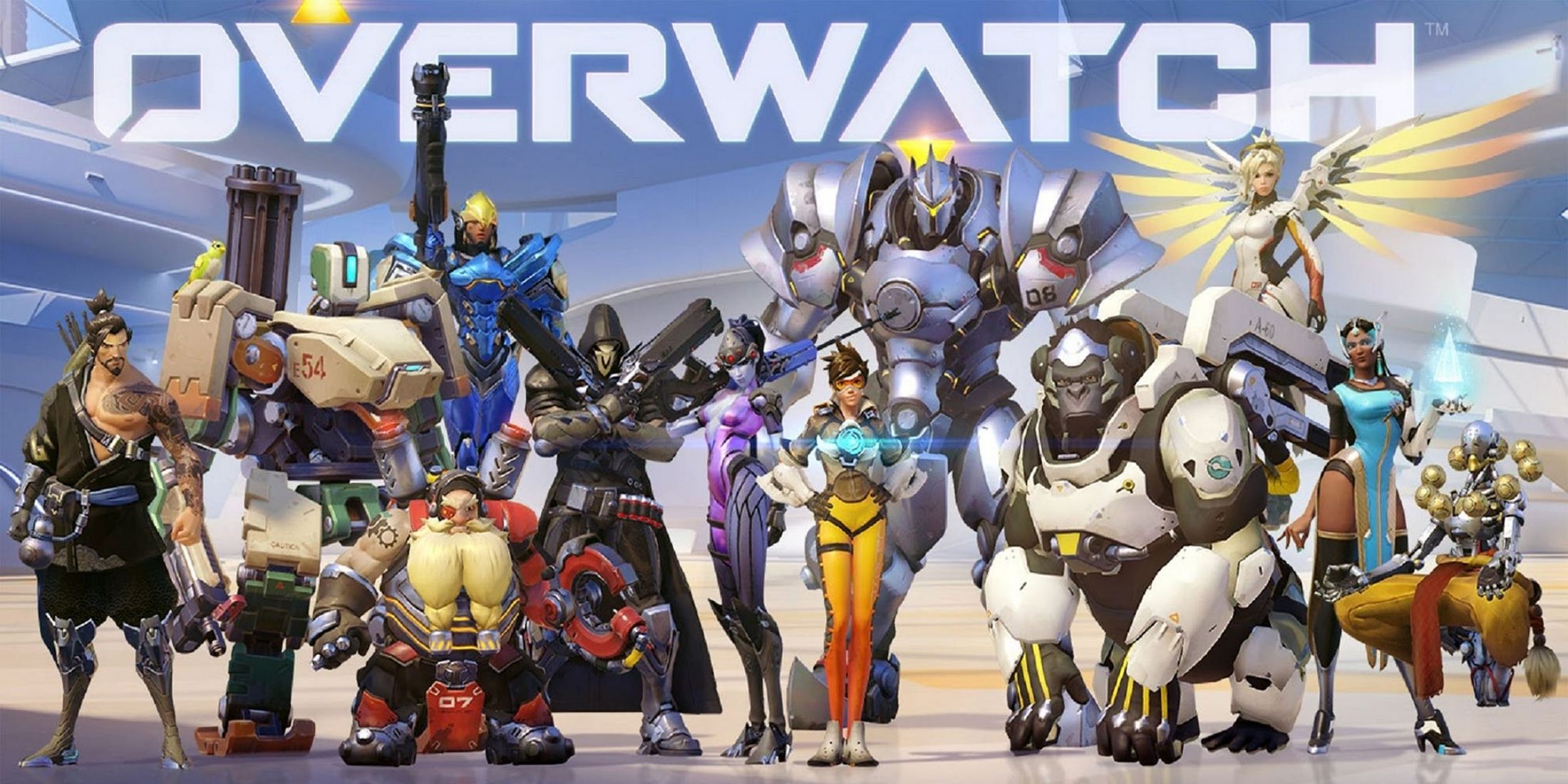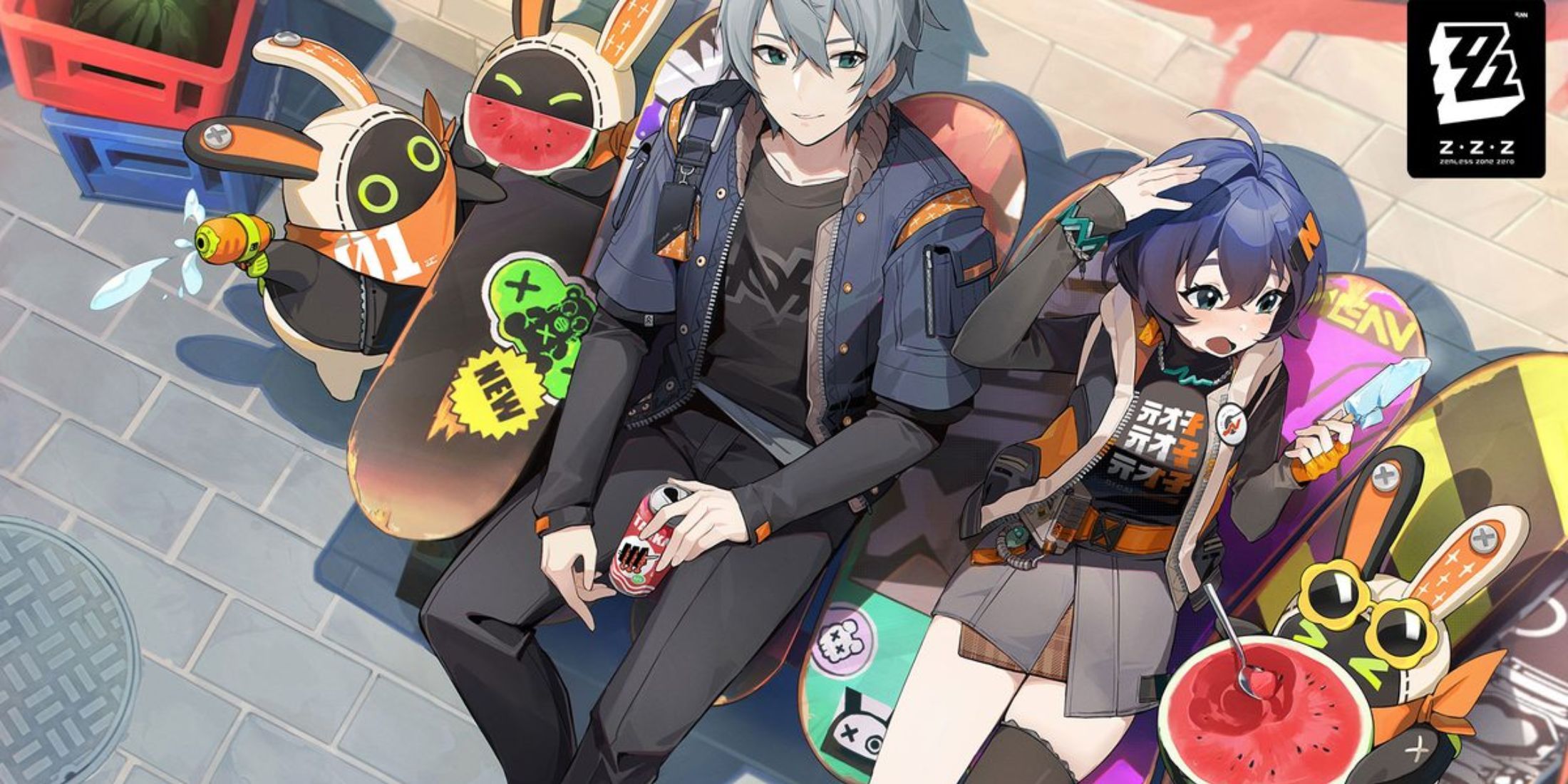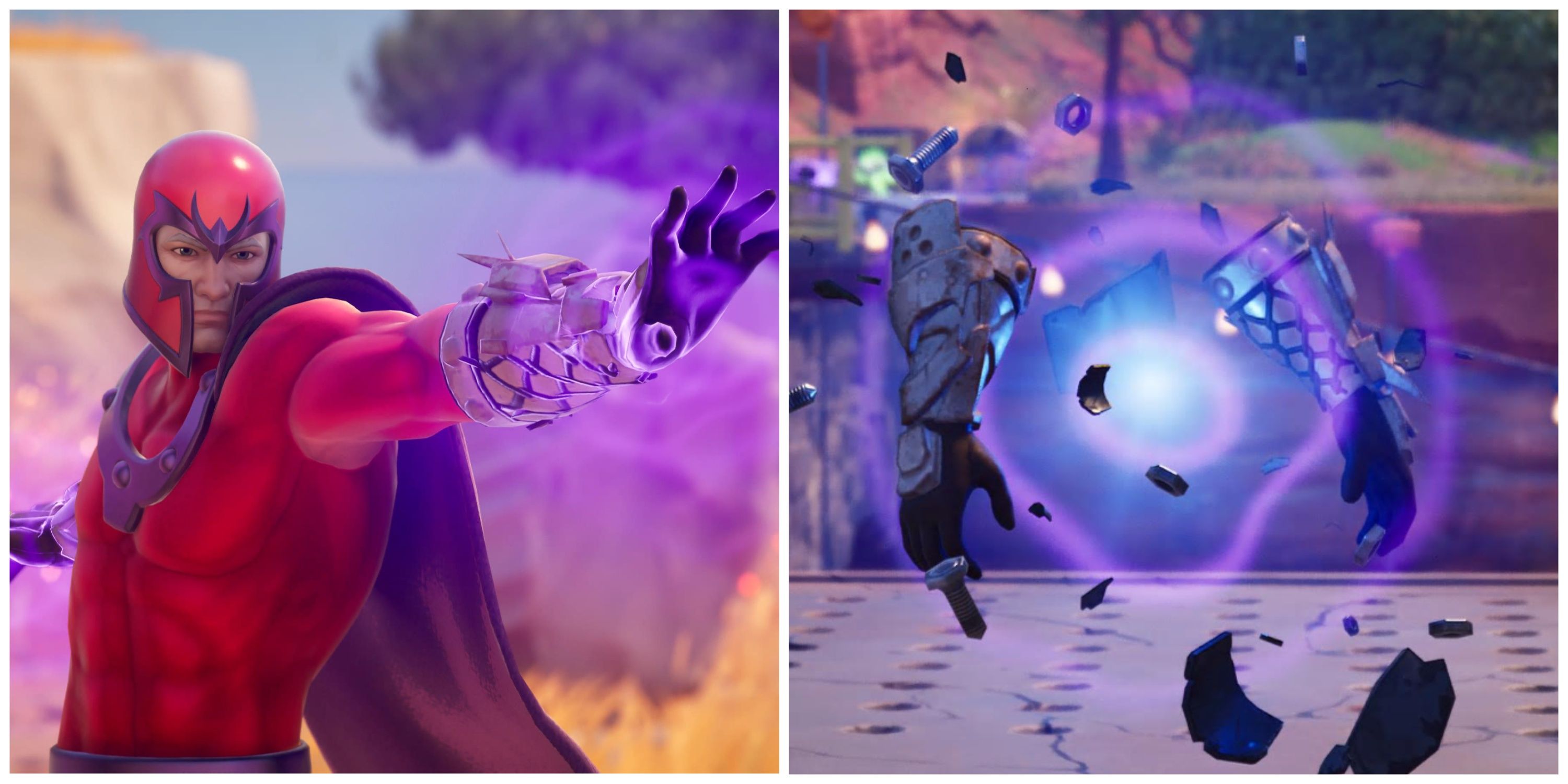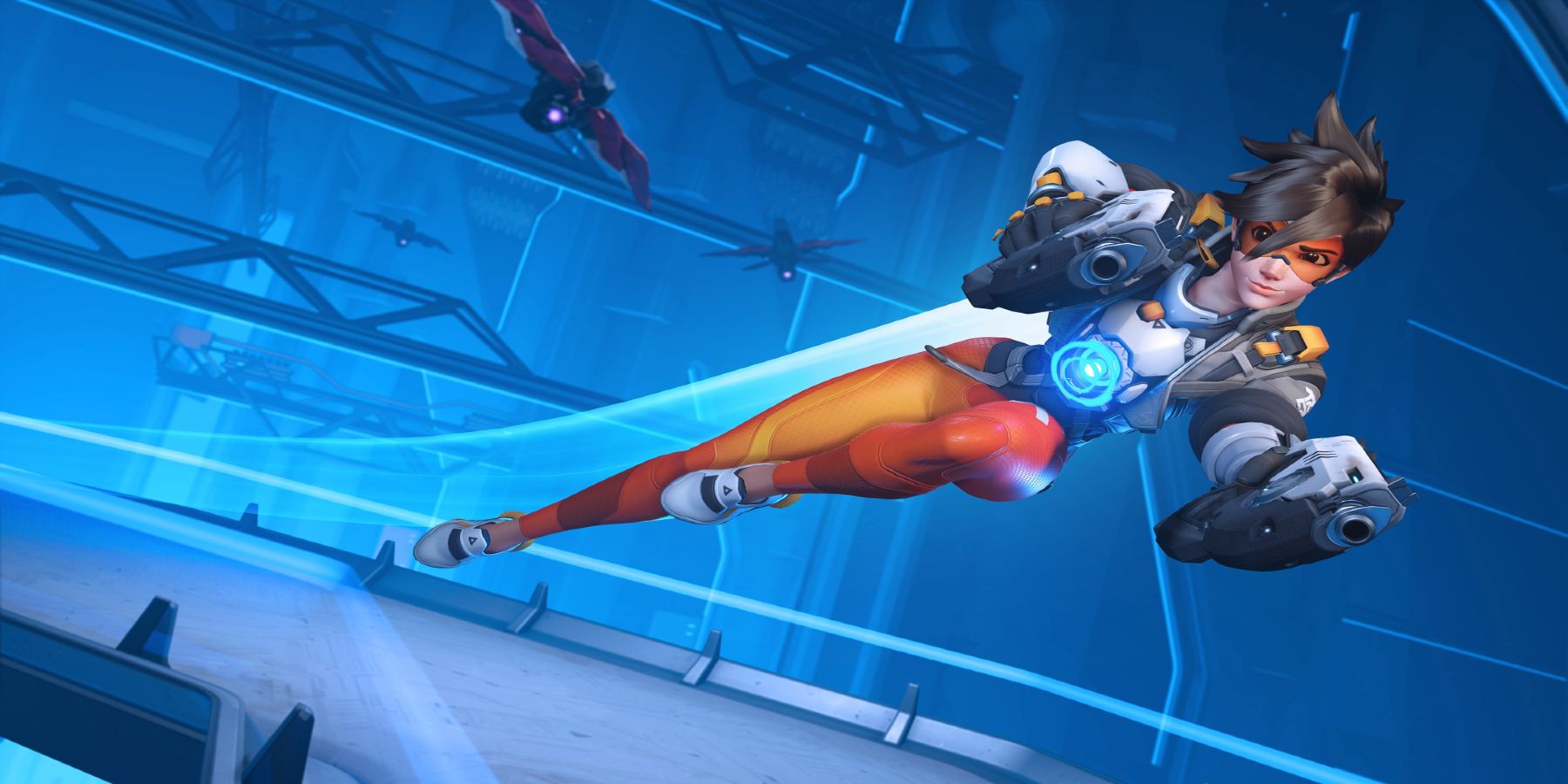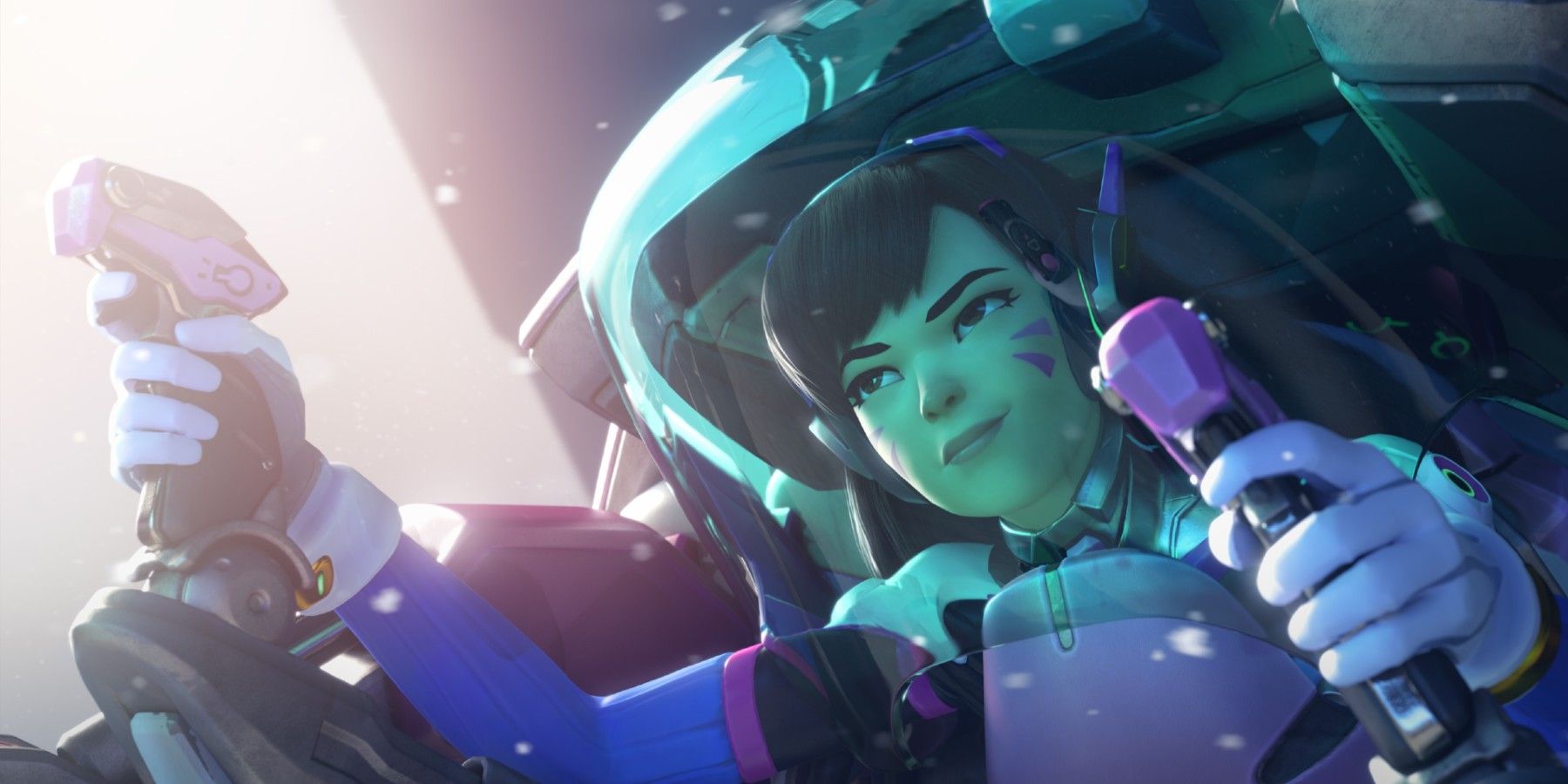There have been many different team compositions since Overwatch was released nearly five years ago. However, one of the most popular and consistent team setups over the past couple of years is known as the "Dive Composition". The first formulation of this team came before Overwatch created the 2-per-role forced compositions; dive just naturally fit into it. Though this composition has occasionally changed which characters get slotted into the roles of tank, DPS, and support, the goal of quickly eliminating key heroes on the other team remains the same.
As its name may suggest, the composition focuses on the use of movement abilities to jump onto the opposing team. However, there is a lot more depth and strategy than just blindly diving on the other team, as that will surely lead to unnecessary deaths. Movement, coordination, and communication are arguably far more important than aiming and hero knowledge in Overwatch. A team that works together will almost always be far more effective than a team that does not, and the dive composition is no exception to this rule. The dive team will need to coordinate and prioritize its targets in order to be effective.
What Makes a Dive Composition
The most important aspect of any dive composition is its tanks. Before the addition of other mobile tanks like Wrecking Ball, the typical formulation was D.Va and Winston, as they both have abilities that allow them to quickly join the combat. Currently, any combination of those three tanks is the way to go for dive composition. Despite Reinhardt having a charge that allows him to get back into the fight rather quickly, the fact he doesn't have any vertical mobility typically makes Reinhardt a poor choice for diving. Roadhog, Orisa, Sigma, and Zarya, while all fitting into other roles, have no mobility and are never seen in dive comps.
The next most important role for the dive composition is the DPS. Like with the tanks, mobility is key for all DPS dive heroes. Classically, these spots went to Tracer and Genji. Tracer is able to teleport around the enemy team and focus-fire specific targets which is crucial for this more offensive lineup. Genji's role is more subdued than Tracer's and is typically just ran for his very powerful ultimate ability, Dragonblade, which when combined with Ana's Nano Boost has the potential to wipe an enemy team. More recently, heroes like Echo, Sombra, and Doomfist can all fit into the dive composition due to their mobility and quick time-to-kill. Snipers and crowd-control heroes like Widowmaker, Ashe, Mei, and Junkrat, do not fit into the goal of these teams, however.
Dive comp supports can go one of two ways. Either the team should choose supports that stick with the tanks and are very mobile, or the supports should stay back and heal from a distance while everyone is distracted. Heroes that fit into the former category are Lucio, Moira, and Mercy, while Ana and Zenyatta fit into the latter category. Brigitte can also be a good choice for defensive dive comps due to her stun ability. This makes Baptiste the only support that shouldn't get run in a dive comp due to his lack of horizontal mobility as well as difficulty in landing healing on the more mobile heroes like Winston.
The dive composition is one of the most classic team formulations in Overwatch. It has been consistently good, except from the period when the triple tank meta dominated. The dive comp is also very easy to understand, but like most things in Overwatch, there is a learning curve. The team must learn when is the best time to jump on the enemy team, as well as which targets the DPS heroes should focus on first. Furthermore, certain dive heroes work better with others. Genji and Ana, for example, should almost always be chosen together in a dive comp. It is unclear how the removal of a tank in Overwatch 2 will affect the dive comp, but it seems unlikely that it will change drastically.
Overwatch is out right now for Nintendo Switch, PC, PS4/PS5, Xbox One, and Xbox Series X/S.

